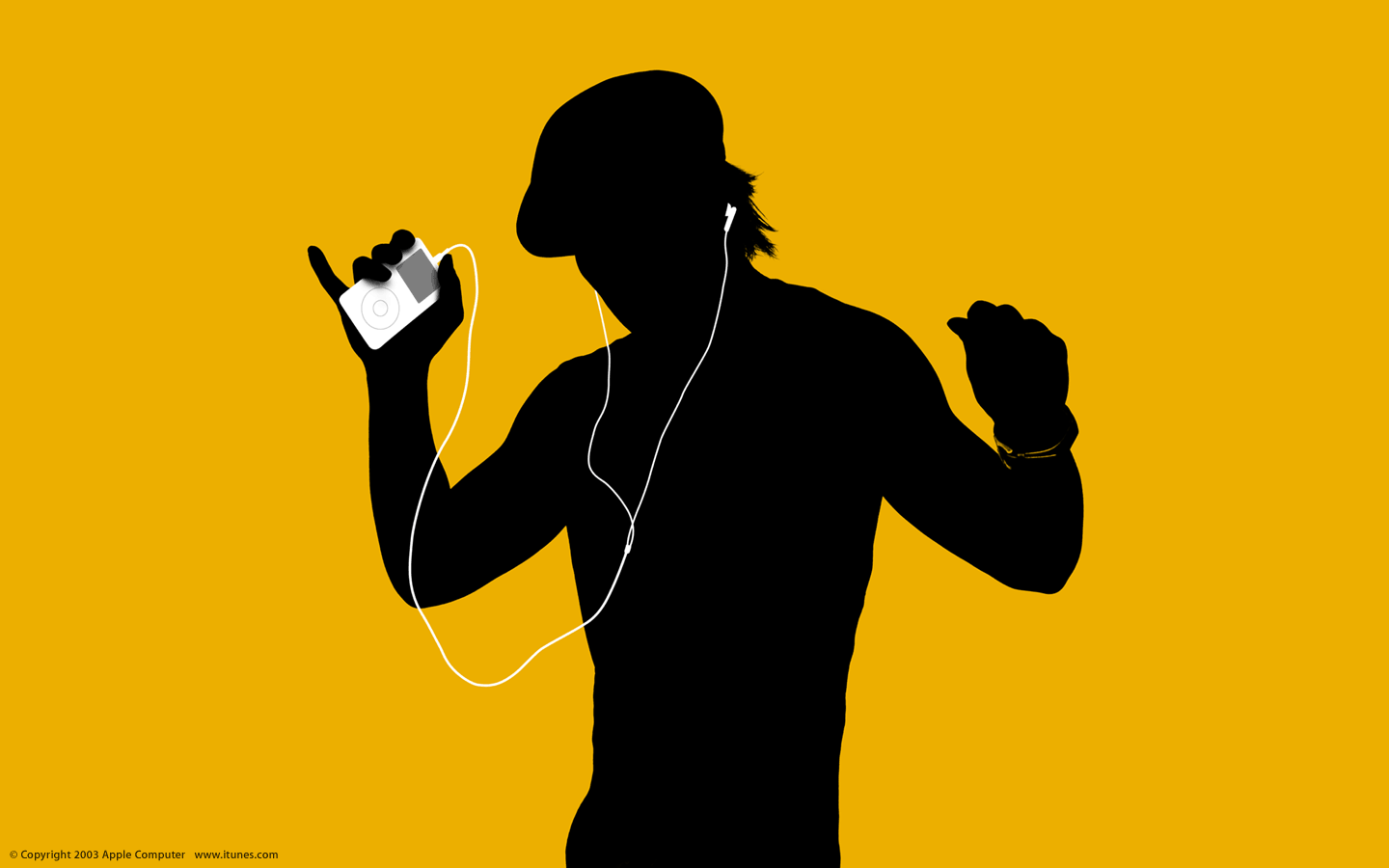The Mac is Apple’s weak spot — but that’s about to change

The Mac isn’t carrying its weight. It’s Apple’s lowest-selling product line, sitting behind even the Apple Watch. Apple needs a fresh angle.
(via Cult of Mac - Your source for the latest Apple news, rumors, analysis, reviews, how-tos and deals.)




































